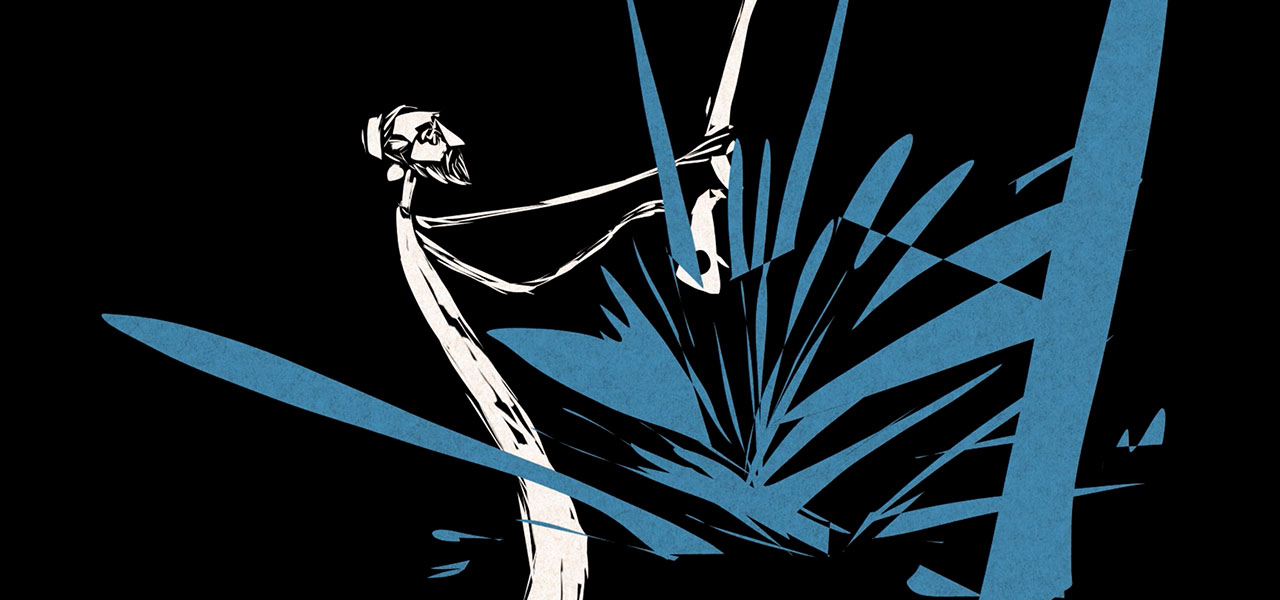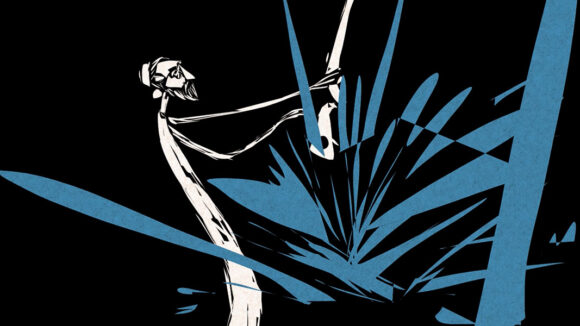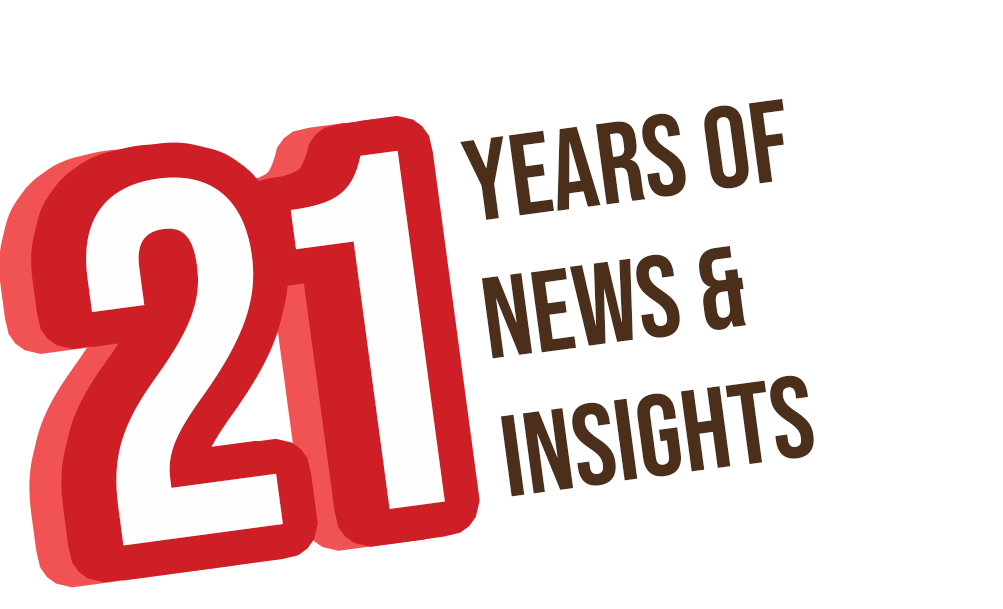

Oscar Shortlist Interviews: Directors Hossein Molayemi And Shirin Sohani Share Their Favorite Shot From ‘In The Shadow Of The Cypress’ (Exclusive)
Cartoon Brew invited the filmmakers behind each of this year’s 15 Oscar-shortlisted animated shorts to share their favorite shot from their film and explain why it’s special to them. The pieces are being published in the order that materials were received.
In this piece, we’re looking at the In the Shadow of The Cypress from Iranian filmmakers Hossein Molayemi and Shirin Sohani.
Living in a house by the sea with his daughter, a former captain who has post-traumatic stress disorder leads a tough and secluded life, which is pulled out of its isolation by the unexpected arrival of a stranded whale. As his daughter refuses to give up on the animal, the captain will face his own demons in this poignant universal story about resilience.
The filmmakers recently spoke with Cartoon Brew about the making of the short. Below, they share their favorite shot from the film and tells us about its significance:
When asked to select just a single shot from our film, we found ourselves facing a difficult choice because our priority was the whole film and its overall integrity, not just a specific shot. Needless to say that we had done our best to create a coherent and consistent film, viewing each scene as an important part. Additionally, economic challenges, budget constraints, and the emigration of many skilled Iranian professionals due to sanctions, severely limited our resources. We had only a few part-time animators, which was insufficient for the volume of 2d animation required. To simplify their workload during storyboarding, we decided to increase the number of shots while minimizing their average duration. Many other significant scenes, though valuable in our view, were too short to be presented here.
Eventually, after careful discussions, we selected Shot No. 218. This 24-second scene illustrates the father’s violent ejection by a bomb blast. The uniqueness of this shot lies in its distinction from the film’s other scenes in every aspect. The animation is limited, non-classical, and stylized, with a distinct color palette. In this shot, we observe a lot of improvisation and a more experimental and illustrative approach compared to the rest of the film. The focus was on depicting the explosion dramatically and surreally. To achieve this goal, we had to go beyond the limitations of classical animation.
Prior to this shot, the film gradually reveals very little information about the father’s past and the family’s history. However, in this pivotal scene, the narrative rhythm and pace reach their climax. The story’s puzzle pieces finally connect, disclosing the reality. In this shot, the audience finds out what exactly has happened to this family in the past. At the beginning of the film, the audience, initially shocked by the father’s violent behavior, may even feel resentment and hatred towards him. But in Shot 218, they can step into the father’s shoes and gain some understanding of his inner turmoil. They can comprehend why he later picks up a gun and runs towards the whale; why he bangs his head against the wall; and why he treats his daughter so violently. In addition, this scene clarifies the source of the blue color that envelops the father during moments of emotional and psychological distress. Blue is recognized as a symbol of psychological issues, while other colors were not suitable for this purpose. In the film, blue symbolically represents the father’s internal turmoil.
It should be mentioned that one of our animators began but failed to complete Scene 218. Due to severe budget limitations and a shortage of animators, everyone was behind schedule. To be honest, we were desperate and couldn’t find anyone to animate this shot. Initially, Hossein tried to accomplish the animation, but he was too busy. So we decided to take a risk and trust Mehdi Torabi, a talented member of our coloring team. Mehdi used the existing incomplete rough animation as a foundation and employed his unique illustration style to finish the scene. Since we wanted to create a distinct and different atmosphere in this shot, we decided to keep the spontaneous and unexpected elements that naturally emerged in Mehdi’s work. Despite having no prior animating experience, Mehdi’s work completely exceeded our expectations.
Last but not least, for us, this film is, in a way, a homage to the veterans of the Iran-Iraq war, particularly those still suffering from PTSD. They are often censored and deliberately ignored in Iranian media. Shot 218 can be considered the most relevant scene to the core message and purpose of In the Shadow of the Cypress.
Read the other entries in the series:

.png)